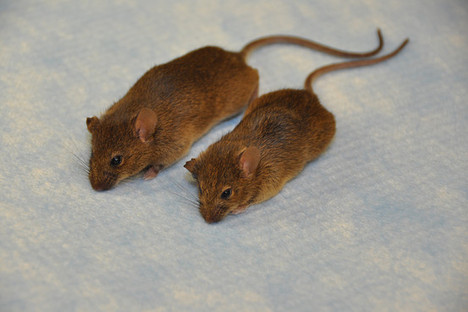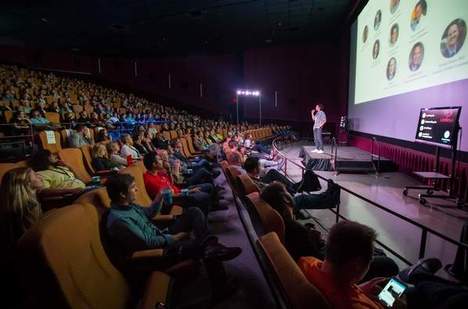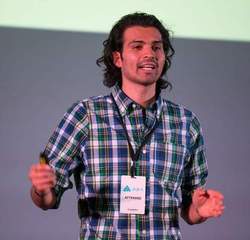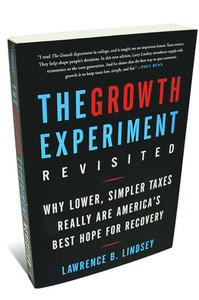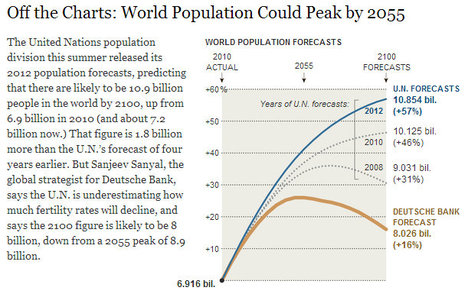(p. C4) What does it take to be a successful entrepreneur? The signs are obvious in future moguls’ teenage years: brains, confidence–and illicit activities.
Those are the surprising findings of a new working paper by economists at the University of California at Berkeley and the London School of Economics. The researchers argue that merely being self-employed isn’t a particularly good indicator of entrepreneurship, in the sense of taking big risks and mobilizing capital to create new goods and services.
. . .
. . . the professors sorted the self-employed into those who were incorporated and those who were not, with the researchers regarding the former as the genuine entrepreneurs.
. . .
Despite . . . dubious youthful pursuits, the incorporated tended to come from stable, well-educated families with high incomes in 1979. These entrepreneurs were much more likely to be white, male and well-educated than were salaried workers or the unincorporated self-employed.
For the full story, see:
DANIEL AKST. “The Bad-Boy Entrepreneur.” The Wall Street Journal (Sat., August 17, 2013): C4.
(Note: ellipses added.)
(Note: the online version of the review has the date August 16, 2013.)
The working paper discussed is:
Levine, Ross, and Yona Rubinstein. “Smart and Illicit: Who Becomes an Entrepreneur and Does It Pay?” NBER Working Paper # 19276, August 2013.

